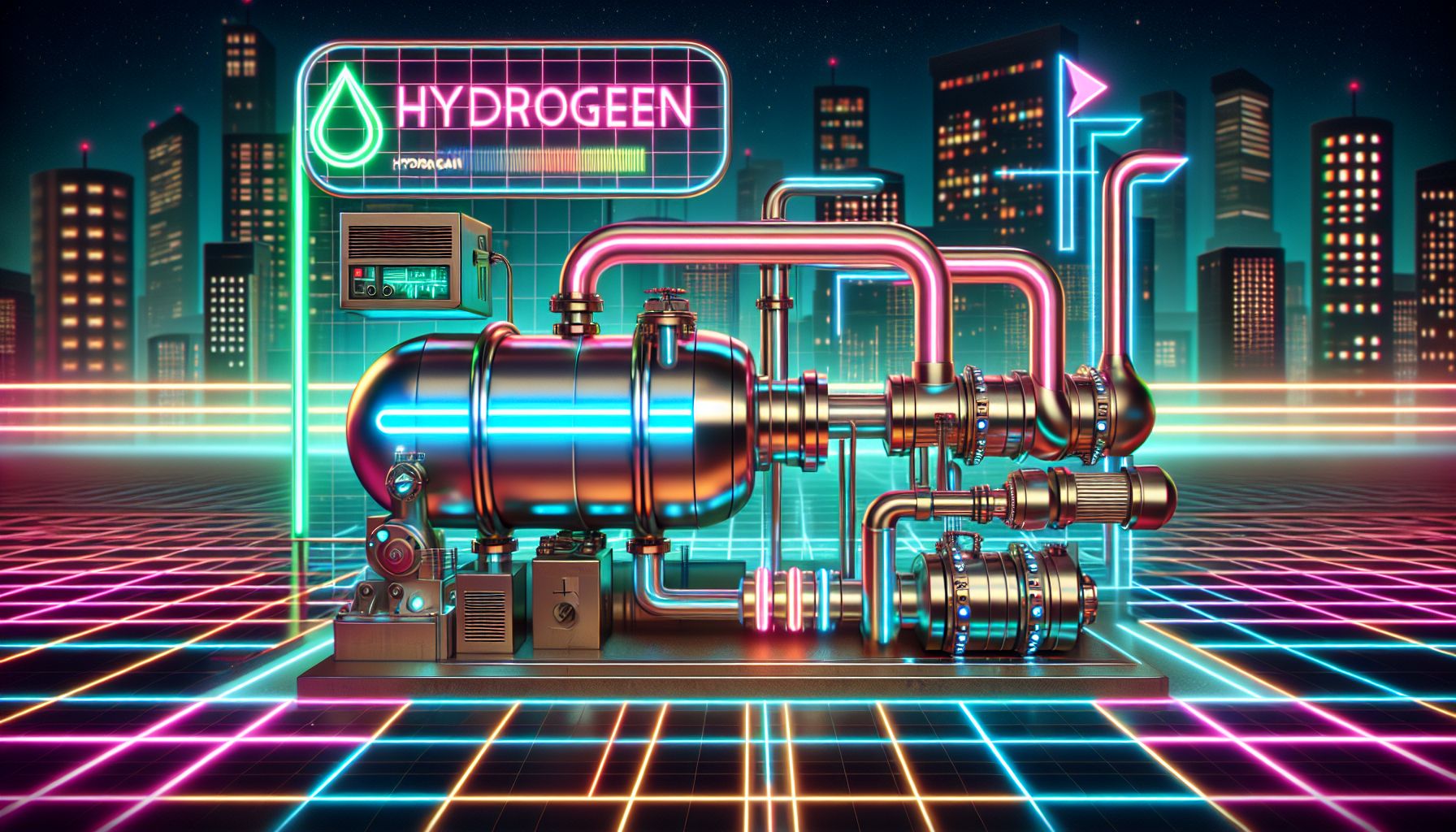Can Hydrogen Spice Up Natural Gas - Or Blow It Up?

International, Sunday, 4 May 2025.
Mixing hydrogen into natural gas could slash emissions but might also ignite explosive challenges. Imagine the juggling act of transforming current pipelines without lighting up your energy bill-or your neighbourhood!
Hydrogen Blending: A Solution with a Catch
Adding hydrogen to natural gas pipelines holds the promise of reducing carbon emissions significantly, aligning with global climate goals and potentially transforming the energy landscape [4]. The idea is to leverage existing gas infrastructure, blending hydrogen—a cleaner alternative—into pipelines to cut fossil fuel reliance. In Europe, the drive towards hydrogen is part of an ambitious target to reach 40 GW of installed capacity by 2030 [2]. Yet, this solution comes with caveats. Hydrogen’s explosive nature is not just theoretical; pipeline explosions due to hydrogen blending pose real risks, particularly when the Hydrogen Blending Ratio (HBR) goes beyond 10% [1].
Balancing Opportunity and Risk
Europe isn’t the only region setting its sights on hydrogen. Countries like Japan and South Korea are making strides to incorporate hydrogen, with ambitious goals for transport and industrial applications [2]. The potential to integrate hydrogen into existing pipelines offers a tangible way to decarbonise on a massive scale. However, addressing the risks associated with hydrogen’s volatility is crucial; research indicates that HBRs of 50% significantly increase explosion overpressure by 65.37%, leading to detonation [1].
Innovations and Challenges
At the Stanlow Refinery in the UK, the introduction of a hydrogen-ready furnace exemplifies the kind of innovation needed to balance benefits with safety [3]. As part of the HyNet North West initiative, this effort aims to transition to low-carbon hydrogen fuels entirely by 2028. The furnace is a small piece of a broader puzzle that includes carbon capture and storage technologies, essential for mitigating risks associated with hydrogen’s explosive properties [4].
A Future Paved with Hydrogen?
As I ponder these advancements, the crucial question remains: Can the global energy sector reconcile hydrogen’s potential with its related hazards? Countries like Australia are already creating tax incentives to boost green hydrogen production [5]. But it’s clear that for hydrogen to become the backbone of a low-carbon future, robust safety measures and technological advancements are imperative. Hydrogen could either be a boon or, without the right controls, a memory of unintended consequences [2][3][5].